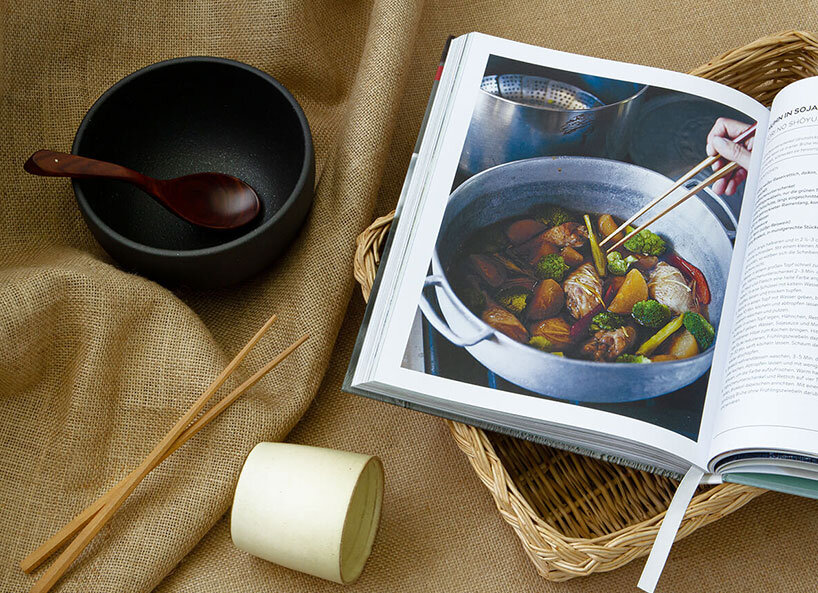Real Wasabi? What's Behind It?


A root with special requirements
Cultivating wasabi is no easy task. Originating in Japan since the 10th century, it has spread slowly and is still rarely found outside the Pacific region. This is because it requires a moist and temperate climate and clear, cold water with a specific mineral balance. Wasabi is harvested only after two years of maturation. It prefers to grow in mountain streams and natural springs under the shade of tree canopies. In the wild, it is only found in Japan and the island of Sakhalin, which belongs to Russia.
From there, it has made its way to the mountains and greenhouses of North America and even Europe. In Canada, the USA, and the UK, you can find some brave farmers who have taken on the challenging plant. Unfortunately, in Germany, they are still not to be found - except for hobby gardeners. But even in Japan, dealing with Wasabi is not easy: Today, a significant portion of the plants is imported to Japan from Taiwan, China, and New Zealand, as the horseradish is so popular.
Japanese horseradish as a painkiller?
The green root brings many health benefits. Thanks to its mustard oils, it acts as a natural antibiotic: Originally, wild horseradish was served with Japanese sushi and sashimi to counteract poisoning from raw fish. It also contains numerous vitamins, proteins, and fibers. The spiciness provides soothing relief to the respiratory tract during colds and can also aid in detoxification and purification.
Research also benefits from the pungent Japanese spice. Wasabi interacts with a specific receptor that stimulates the perception of spiciness. The detailed study of this "Wasabi receptor" is expected to be the key to developing a new painkiller.
By the way, the term "Japanese horseradish" is misleading. Although both Wasabi and horseradish belong to the mustard family, they represent different genera. A translation error is responsible for the confusion. Translated directly from Japanese (山葵), its name is "Mountain Malve." Nevertheless, the green plant resembles "our" horseradish so much that it is often counterfeited.
Wasabi vs. paste from the tube
What is sold as Wasabi in many places is often not genuine. When enjoying sushi at home or in restaurants, we usually consume a spicy mixture of European horseradish, cornstarch, mustard powder, and green color. The latter is sometimes derived from Spirulina, but at times, it is composed of artificial dyes. The spiciness in this case comes from the mustard, not the Japanese rootstock.

If you have ever tasted fresh Wasabi, you know it has a completely different flavor: complex and slightly sweet with a subtle spiciness and a grassy note of chlorophyll. No strong aroma overwhelms the actual dish but enhances it even more. Real Wasabi doesn't burn on the tongue but spreads in the throat and nose. It can also be distinguished by its knobby and green roots. When grated, it is only viable for a few hours, while the roots can be stored in the refrigerator or cold water for several weeks.
This is one reason why many merchants and chefs resort to counterfeits. Since such a rare 100-gram root can cost around 50 euros, there is often a tendency to cut corners. You can find genuine powder, Wasabi paste, or fresh roots at Asian stores or online. Just pay attention to the labeling: Only where it says 100% Wasabi is there actual Wasabi inside! The investment is worth it.
Preparation in your own kitchen
Once harvested, processing a Wasabi root is easy. To unleash its full potential as a spice, you just need to finely grate it. Start by cutting off the leaves of the root with a sharp knife; you can save these as they are also edible. Then wash the Wasabi and remove any further irregularities for easier preparation. Grate your desired amount of the root with a fine grater and shape the result into a ball. It's best to let the finished Wasabi stand for 10 minutes before serving for a stronger aroma.
Mixing Wasabi powder with a bit of water quickly yields homemade Wasabi paste. You don't need a sophisticated recipe for this: simply stir equal parts of Wasabi powder and water - and the paste is ready. Well-sealed and refrigerated, you can store it for a few days, but it's advisable to consume it as quickly as possible.
Now you can serve it with your sushi. The only question left to answer: Should you mix it with soy sauce or not? Experts say: Absolutely not, as it ruins the delicate flavor and texture of both products. However, in Japan, it's common to eat it however you like. So, follow your preference and enjoy your Japanese horseradish according to your taste.
Recipes for green wasabi dips and more
But Wasabi can be used for much more than just sushi. For example, you can enhance the flavor of potatoes with Wasabi paste. Here's a recipe for two people:
 2 personsNo. of persons
2 personsNo. of persons
 ca. 15 minutesTotal Time
ca. 15 minutesTotal Time
 easyLevel of difficulty
easyLevel of difficulty
 main mealDish
main mealDish
 ca. 400kcal per portionCalories
ca. 400kcal per portionCalories
 Vegetarian
Vegetarian
 Kitchenware
Kitchenware
|
800g
soft-boiled potatoes
|
|
4 tsp
wasabi paste
|
|
200ml
milk
|
|
100ml
cream
|
|
5 tbsp
butter
|
|
Salt and white pepper
|
|
Roasted sesame seeds (to taste)
|

As a dip, it's perfect for chips, rice crackers, vegetables, and other snacks. Another recipe variation can be found here:
 4 portionsNo. of persons
4 portionsNo. of persons
 ca. 10 minutesTotal Time
ca. 10 minutesTotal Time
 easyLevel of difficulty
easyLevel of difficulty
 SupplementDish
SupplementDish
 ca. 150kcal per portionCalories
ca. 150kcal per portionCalories
 Vegetarian
Vegetarian
 Kitchenware
Kitchenware
|
450g
sour cream
|
|
1/2
lemon or lime
|
|
2-3 tsp
wasabi paste
|
|
1 tbsp
soy sauce
|
|
Salt and pepper
|
|
Roasted sesame seeds (to taste)
|















-from-the-yakiyaki-grill-pan.jpg)




